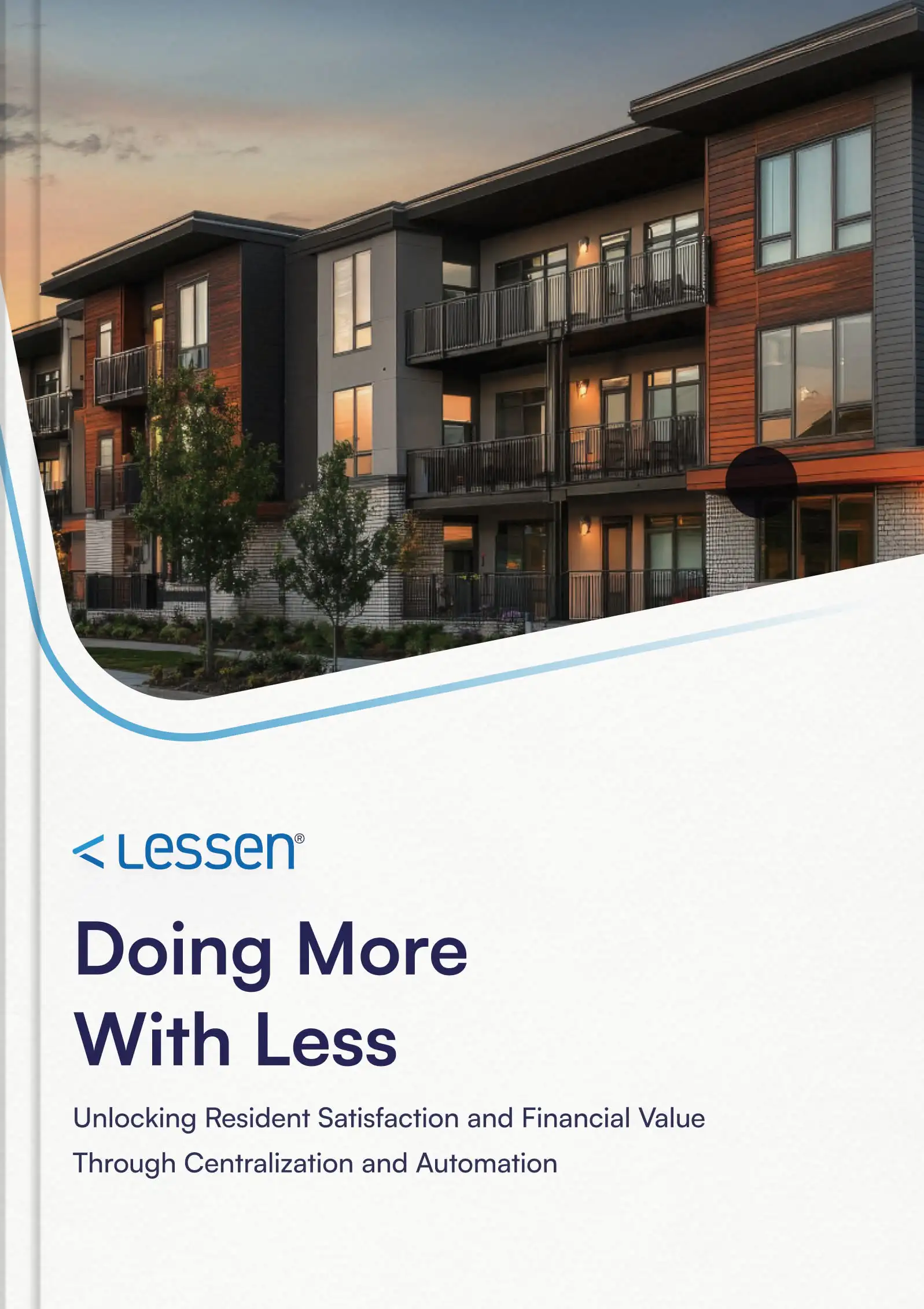Indirect maintenance costs: the hidden charges impacting retail banks P&L


In financial services, customers make their most important decisions based on trust, and operational disruptions can erode customer trust in a single visit. According to research by McKinsey, bank sales of complex products like mortgages have increased in recent years, making excellent facilities and smooth in-person experiences even more important. However, ignoring indirect maintenance costs can have a damaging effect on long-term operations.
Hourly rates and trip charges are two of the most tangible and immediate aspects of a retail bank's repair and maintenance budget. But they’re far from being the full story.
Indirect maintenance costs, also known as overhead costs or operating expenses, are the expenses not related to the vendor bill. These can include everything from time spent finding and vetting a vendor to reconciling monthly billing to dealing with callbacks and unplanned downtime. By only focusing on the vendor costs, you will have a harder time calculating the true cost of your repair. This could eventually lead to budget instability and a degradation of facilities, resulting in poorer customer service.
Below we’ve outlined a few of the indirect operational costs for facilities and explained how they impact your bottom line.
Trying to find service
Whether it's trying to find someone to conduct an emergency repair or it's conducting an RFP for seasonal snow removal, it takes time and effort to conduct these tasks. This includes reviewing submissions (sometimes several rounds of applications), calling back vendors, setting up services, and establishing service parameters. When considering the cost of each person's time and how that time is pulled away from revenue-generating activities, this can hundreds of thousands of dollars in non-vendor costs. When calculating the total cost of maintenance, it's important to include this cost in the bottom line.
Misappropriating manager time
If a branch manager is highly involved in the processing of work orders, it takes away from increasing revenue and customer satisfaction. From calling contractors to confirming that a work order is necessary or completed to filling out invoices, a branch manager can spend several hours a week managing work orders. This needs to be factored into lost sales. A bank branch will have better ROI when the branch manager does not have to be frequently involved in work orders.
Correcting operational disruptions
Retail banking environments have critical assets or components that impact their ability to generate revenue, whether immediately or over the long term. For a bank, this could mean anything from HVAC and ATMs to lighting and plumbing—anything that directly impacts the customer experience. Should any of these assets not be operational, it can result in potential lost revenue or even damage overall brand image. The downtime of the asset should be accounted for in the cost to repair.
Should an ATM stop functioning properly at a bank location, it might limit customer foot traffic or cause some customers to lose trust in that location, or even the brand as a whole—especially if similar problems keep recurring. Applying lost revenue to the total facilities ticket cost will not only enable your organization to more accurately measure the total cost of a service, but also the effectiveness of the current program.
Calculating the true cost of facilities maintenance
Total cost of ownership analysis provides facility maintenance teams and executives with a more complete picture when measuring the effectiveness of their program. When looking at the total cost of ownership from a facilities perspective, it is essential to have a detailed understanding of the indirect operational costs that affect your business beyond the initial cost of labor.
A well-functioning maintenance strategy is essential to the success of any modern-day facilities portfolio. To make sure your facilities maintenance strategy is meeting your needs, request a demo to learn more about how our programs can help you.

- This is my list